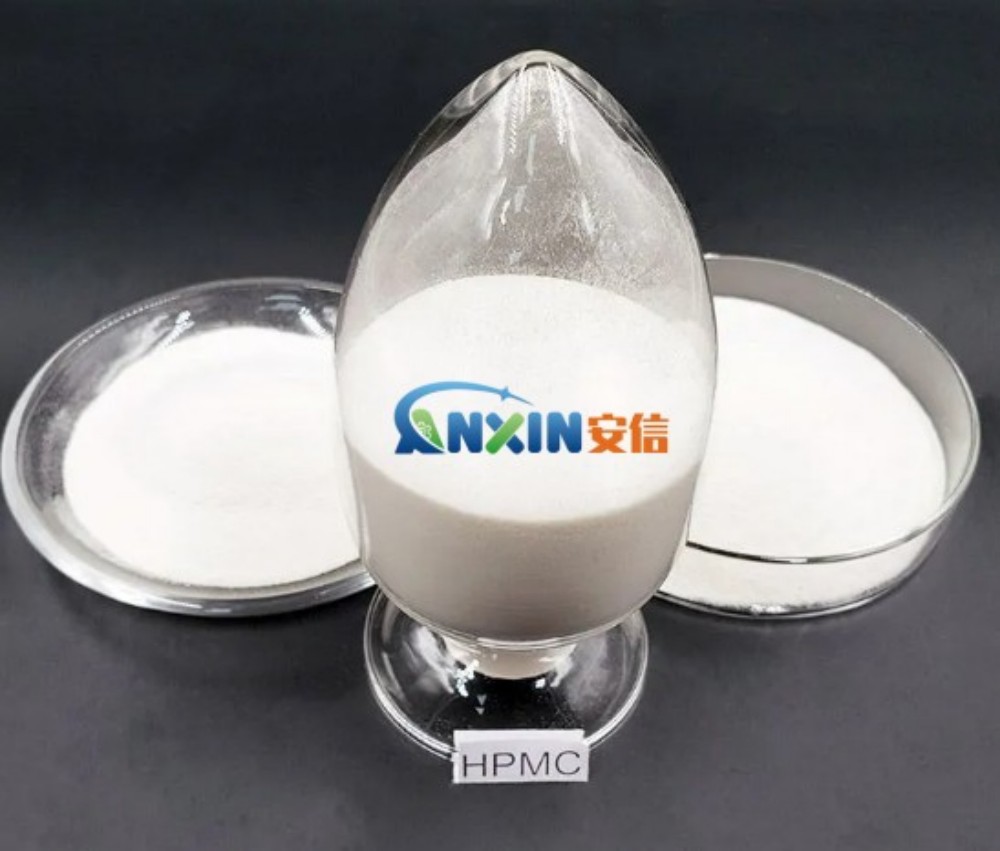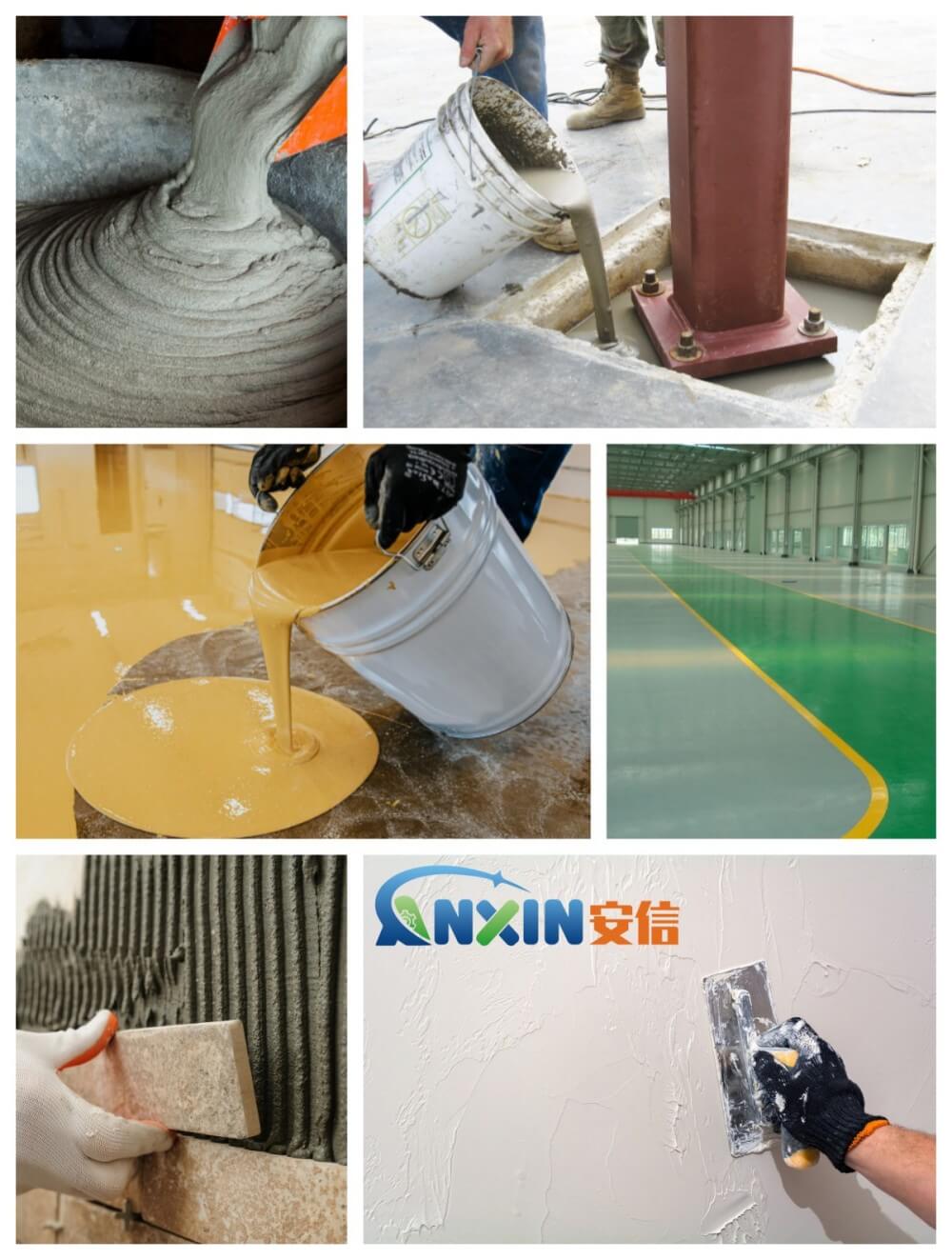1. Hydroxypropyl methylcellulose (HPMC) is a non-ionic cellulose ether widely used in the construction industry, mainly as a dispersant, thickener and binder. It has excellent water solubility, thickening, water retention and lubricity, and can significantly improve the construction performance and final effect of building materials. Therefore, HPMC is widely used in building materials such as cement mortar, tile adhesive, putty powder, self-leveling mortar, etc.

2. The role of HPMC as a dispersant
The main function of the dispersant is to evenly distribute solid particles in the aqueous system, prevent particle agglomeration, and improve the stability of construction materials. As a highly efficient dispersant, HPMC plays the following roles in building materials:
Prevent particle sedimentation: HPMC can effectively reduce the sedimentation rate of particles in cement or gypsum slurry, making the mixture more uniform, thereby improving the fluidity and uniformity of construction materials.
Improve the operability of materials: In building mortar, putty powder and other materials, HPMC can improve the dispersion effect of powder, make the material application smoother during construction, and avoid agglomeration and agglomeration.
Improve cement hydration reaction: HPMC helps to evenly distribute cement particles, optimize the hydration reaction process, and improve the strength and stability of cement paste.
3. The role of HPMC as a thickener
The main function of the thickener is to increase the viscosity of the system so that the building materials have better operability during the construction process. As an excellent thickener, HPMC’s main functions in the construction industry include:
Increase the viscosity of mortar: HPMC can effectively increase the viscosity in mortar, putty powder, tile adhesive and other building materials, making it easier to construct and reducing sagging, especially suitable for vertical construction, such as wall coating.
Enhance water retention: HPMC can significantly improve the water retention capacity of cement mortar, reduce water loss, prevent cracks caused by excessive water loss, and improve the durability of building materials.
Optimize construction performance: In applications such as self-leveling mortar, HPMC can both improve fluidity and ensure appropriate viscosity, thereby ensuring uniform spreading of materials during construction and improving the flatness of the floor.
4. The role of HPMC as a binder
The main function of the binder is to improve the bonding between materials and ensure the firmness of construction. As a binder, the application of HPMC in building materials includes:

Enhance the bonding strength of tile adhesives: HPMC gives tile adhesives higher bonding properties, making the bond between tiles and the base layer stronger and reducing the risk of tiles falling off.
Improve the adhesion of putty powder: In wall putty, HPMC can enhance the bonding ability between putty and the base layer, improve the durability and crack resistance of putty, and ensure a smooth and flat wall surface.
Optimize the stability of self-leveling mortar: HPMC improves the bonding strength of self-leveling mortar by controlling the evaporation rate of water, preventing stratification and cracking, and making it more stable during construction.
Hydroxypropyl methylcellulose (HPMC) plays a vital role as a dispersant, thickener and binder in building materials. It not only improves the construction performance of building materials, but also optimizes the final use effect. HPMC improves the fluidity and uniformity of mortar by dispersing solid particles and preventing sedimentation; it enhances the viscosity and water retention of materials through thickening, and reduces cracks and sagging; as a binder, it improves the adhesion of materials such as tile adhesive and putty powder, ensuring the firmness and durability of construction. Therefore, HPMC has become an indispensable functional additive in the modern construction industry, providing strong support for improving building quality and construction efficiency.
Post time: Mar-25-2025